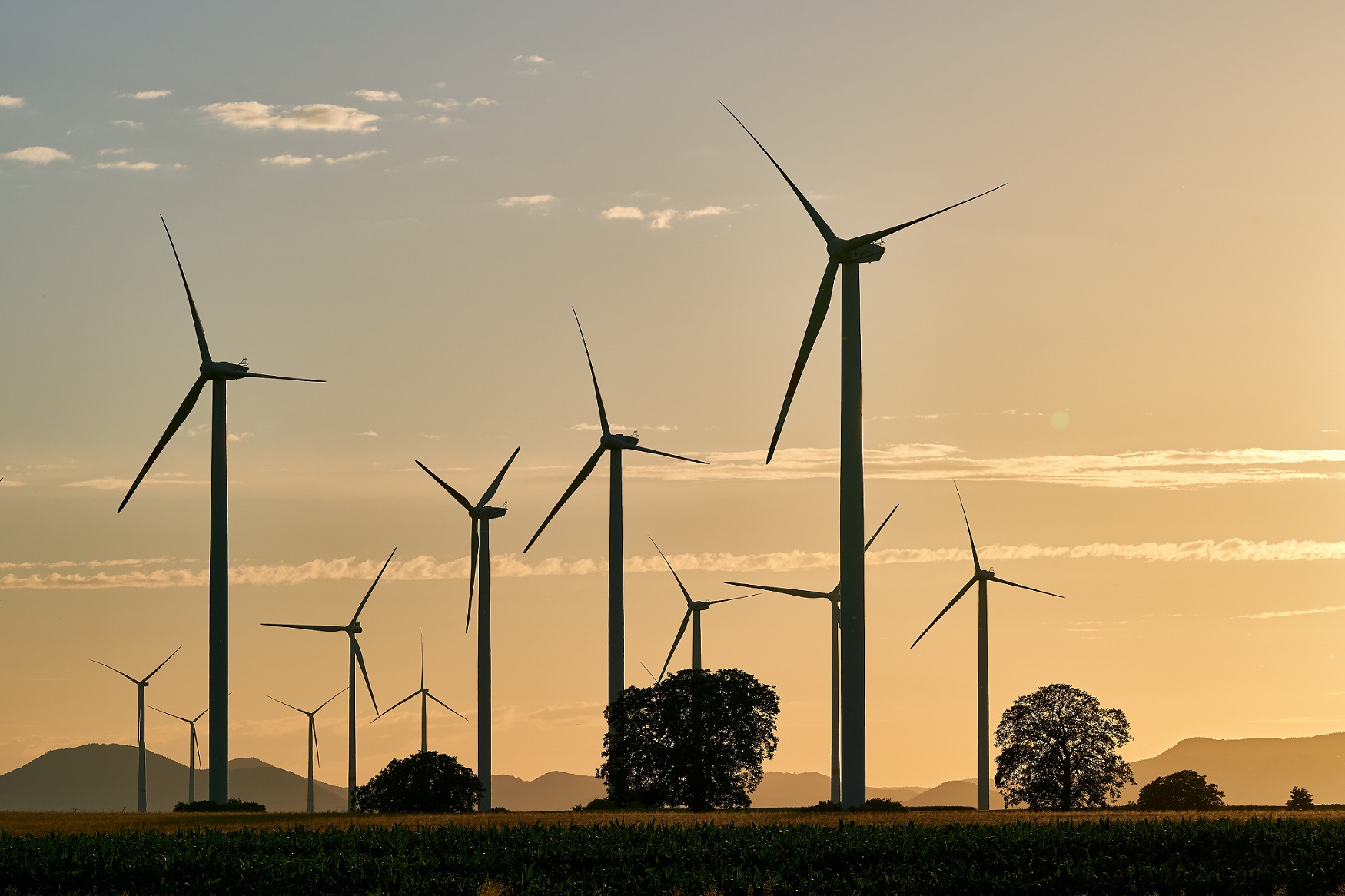Potential of Tidal Energy as Renewable Energy for Electricity Generation in Indonesia
Indonesia is a marine country, meaning it is made up of islands with a land area that is almost equal to the amount of sea. Indonesia’s enormous seas make it one of the world’s countries with the greatest potential for creating energy in water, particularly in the sea. Marine energy is one of the most promising renewable energy sources, with plentiful resources and a low environmental impact. Indonesia’s waters supply renewable energy sources with a large potential of roughly 60.98 GW scattered across the country’s oceans. This can be developed to be utilized as an energy source to replace fossil fuels that have been used in the past. In accordance with the President’s decision, renewable energy’s contribution to the overall national primary energy mix must be boosted to 17 percent by 2025. With Indonesia’s potential as a maritime nation, marine energy is gaining traction as a way to boost electrical energy consumption and contribute considerably to the country’s primary energy mix. Tidal energy is a type of marine energy that can be used as a new renewable energy source.
Tides are a natural occurrence in which sea levels rise and fall on a regular basis due to a combination of gravity and the attracting force of astronomical objects, particularly the sun, earth, and moon. Tides are caused by gravitational attraction as well as the centrifugal force. The centrifugal effect is a push to the outside of the rotational axis. The tidal cycle occurs twice a day, with two low tides (semidiural) or simply once a day (periodic). In Indonesia, there is a total of 41 GW of tidal energy potential scattered across Medan (North Sumatra), NTB, NTT, Riau Province, West Kalimantan, North Sulawesi, Moluccas, and West Papua, with an average change in sea level of roughly 3-5 meters between highs and lows).
Share This Article


